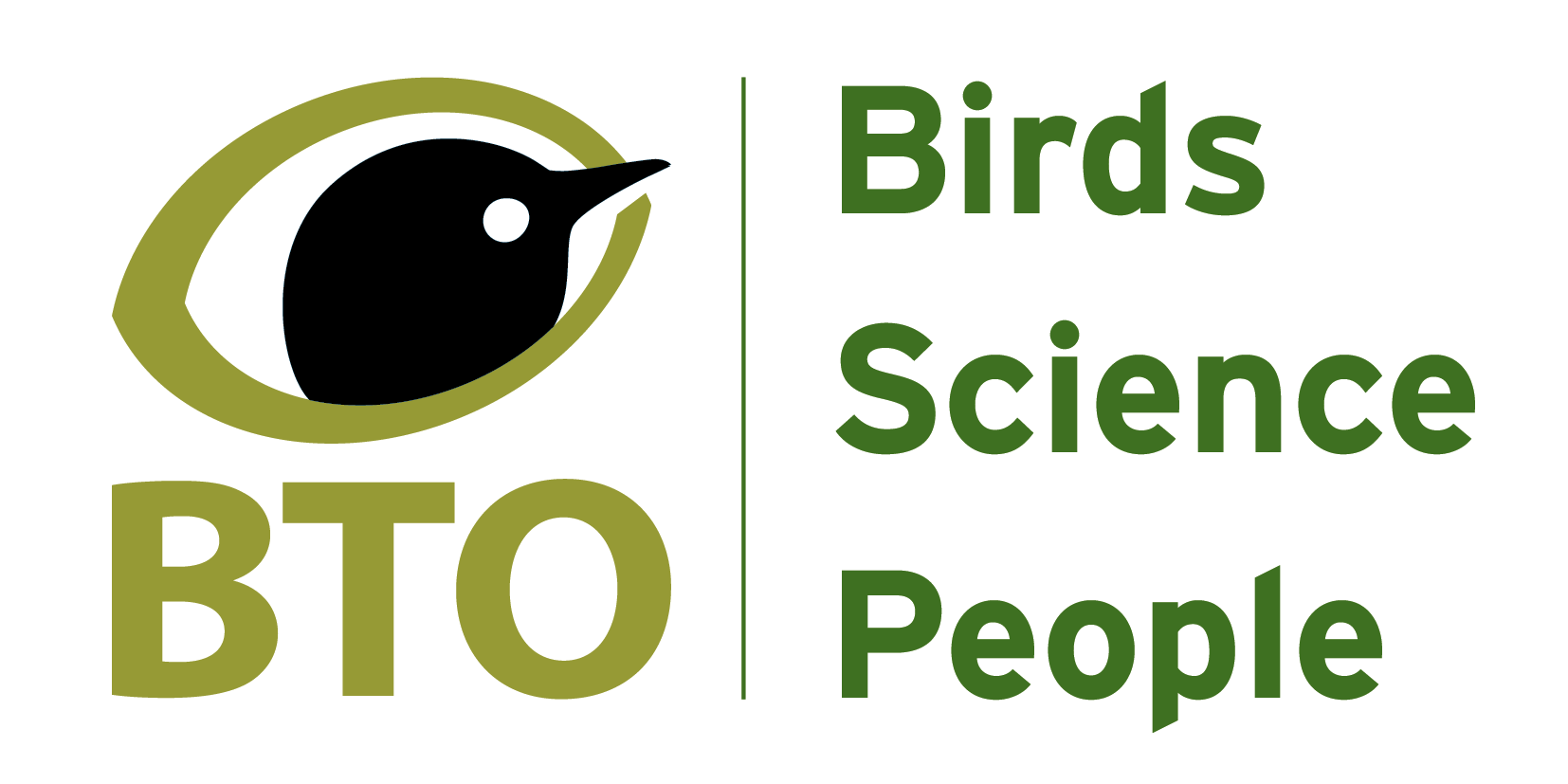Traditional Transects (Pollard Walks):
These transects form the core of the UKBMS with over 2000 different transects set up and visited in the first 30 years of the scheme (1976 onwards). New transect sites are added annually with well over a thousand now recorded annually. Named after Ernie Pollard who helped design and pilot the methodology with colleagues, these transect walks provide the highest quality data within the UKBMS as they are walked weekly during a 26-week period between 1st April and 29th September each year. This allows calculation of robust measurements of changes in butterfly populations for over 50 species and production of site level trends when sufficient years of data have been collected.
Detailed instructions for setting up and recording a transect are available on our guidance pages.
Targeted surveys:
Single species (as opposed to the usual 'all species') transects have been increasingly established in recent years. Whilst such transects must follow standard methodology and must record populations at least once a week throughout the flight period, the focus on a single (or small number of) species reduces both the time required to walk each transect and, more significantly, the number of visits required.
For a number of habitat specialist species (especially the fritillaries) other ‘non-transect’ methods are also used to monitor annual abundance at the site level, particularly in more remote parts of the UK. These include adult timed counts, larval web counts (Marsh and Glanville Fritillaries) and egg counts (hairstreaks and Large Blue). For these methods, systematic recording is made on single days in suitable weather (when UKBMS recording criteria are met), with the counts converted to a site index that accounts for both the size of the colony and the time in the season when the count was made.
Detailed guidance for all of these targeted surveys can be found on our guidance pages.




